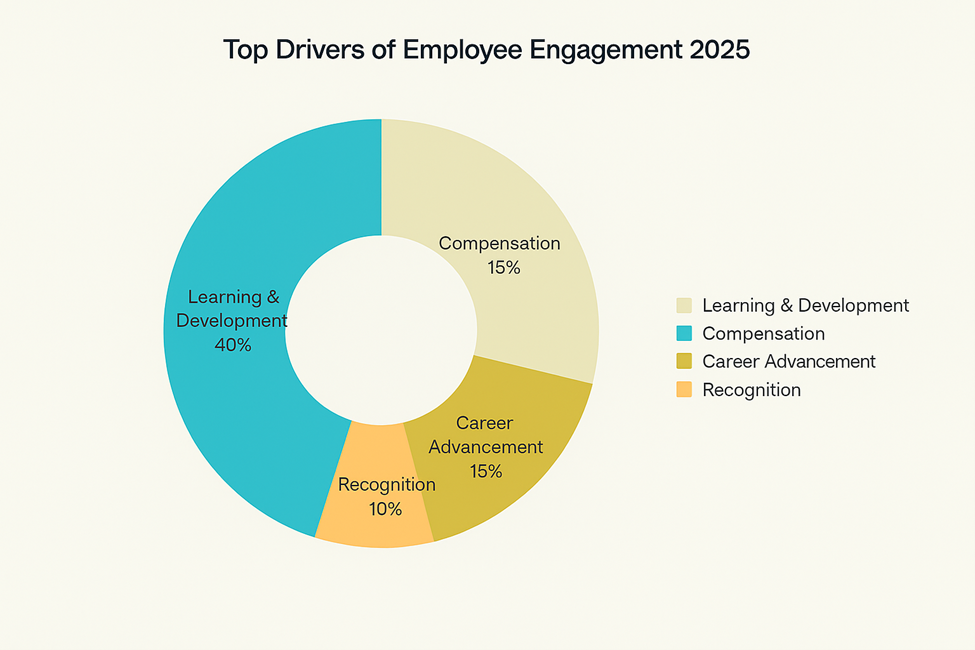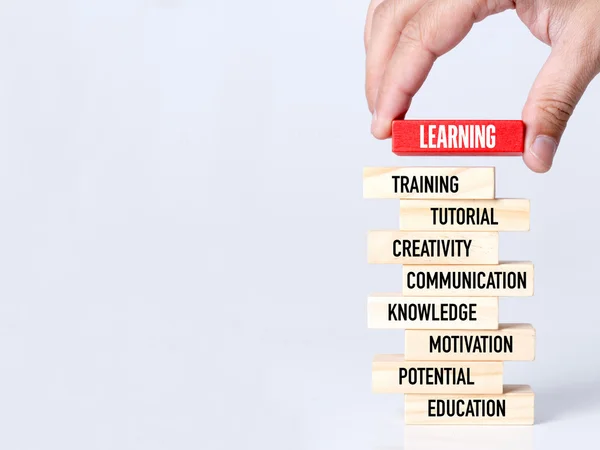In 2025, the pace of change in business is relentless. New technologies, shifting markets, and evolving employee expectations mean that yesterday’s expertise quickly becomes outdated. For corporate leaders and professionals, continuous learning isn’t just a “nice to have” it’s a strategic necessity for staying relevant, resilient, and competitive.
The Business Case: Data-Driven Reasons to Prioritize Learning
Recent research paints a compelling picture:
- 94% of employees say they would stay longer at a company that invests in their learning and development
- Organizations with strong learning cultures are 92% more likely to develop innovative products and processes
- Companies that prioritize employee growth see a 17% increase in productivity and a 92% boost in job engagement
- Firms with robust training programs report a 57% increase in retention and a 20% boost in performance
These statistics aren’t just numbers; they’re a roadmap for business growth and talent retention.
Why Leaders Must Lead by Example

Leaders set the tone for their organizations. When executives and managers commit to lifelong learning, they:
- Stay ahead of industry disruptions, whether it’s AI, regulatory shifts, or new business models
- Enhance their communication, decision-making, and emotional intelligence, all critical for inspiring and guiding teams
- Foster a culture where innovation, adaptability, and collaboration thrive
Key Leadership Gaps
Despite the clear benefits, 77% of organizations face leadership gaps, and only 19% believe their leaders excel at developing new talent. This shortfall can cost businesses up to $550 billion annually in lost productivity. The message is clear, investing in leadership development is no longer optional.
How Continuous Learning Transforms Organizations

1. Drives Employee Engagement and Retention
- Engaged employees are 17% more productive and 21% more profitable for their organizations
- Learning opportunities are a top driver of engagement, second only to compensation
2. Fuels Innovation and Adaptability
- Skills now have a shelf life of just five years. Continuous upskilling keeps teams competitive and ready to tackle new challenges
- Companies that focus on learning are 83% more likely to have employees who enjoy their work and are better problem-solvers
3. Enhances Leadership Pipeline
- Organizations with high scores on career development indexes see more promotions into management and leadership roles, ensuring a healthy pipeline of future leaders
4. Builds Organizational Resilience
- In a landscape where 86% of employees say ongoing learning is essential, companies that invest in development are better equipped to respond to market changes and disruptions
Practical Strategies for Embedding Continuous Learning
- Make Learning Accessible: Integrate learning into daily workflows with microlearning, online platforms, and on-demand content
- Personalize Development: Use data-driven tools to tailor training to individual and business needs, closing skills gaps efficiently
- Encourage Mentorship and Coaching: Leaders should act as learning facilitators, creating environments where employees can grow through real-world experience and feedback
- Align Learning with Business Goals: Ensure that individual development plans support organizational objectives for maximum impact
Overcoming Common Barriers
While the benefits are clear, challenges remain,
- Resistance to new skills and change
- Time constraints for busy professionals
- Budget limitations for training programs
- Lack of personalized learning paths
Address these by,
- Breaking training into manageable segments
- Leveraging hybrid and flexible learning formats
- Fostering a growth mindset at every level
The Bottom Line

Continuous learning is the cornerstone of effective leadership and organizational success in 2025. It drives engagement, innovation, and adaptability, qualities every business needs to survive and thrive. For leaders, the question is not whether to invest in learning, but how quickly can you make it a core part of your company’s DNA.
Are you ready to lead the way?

